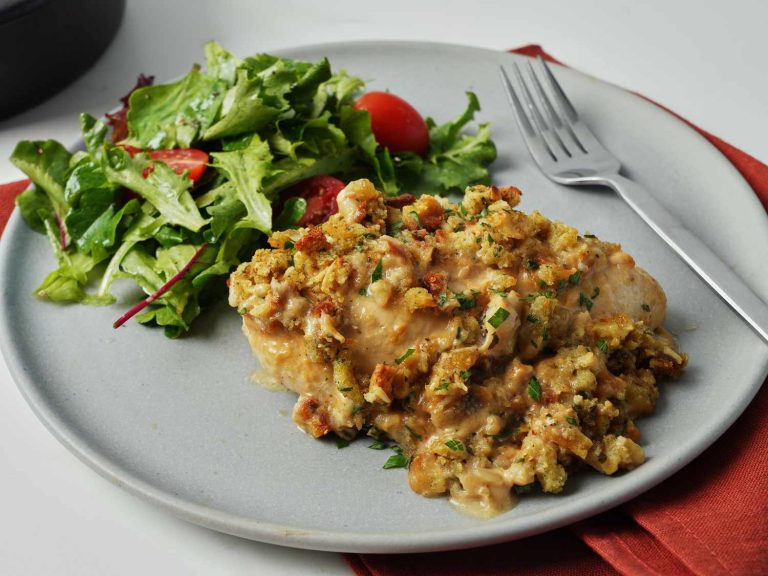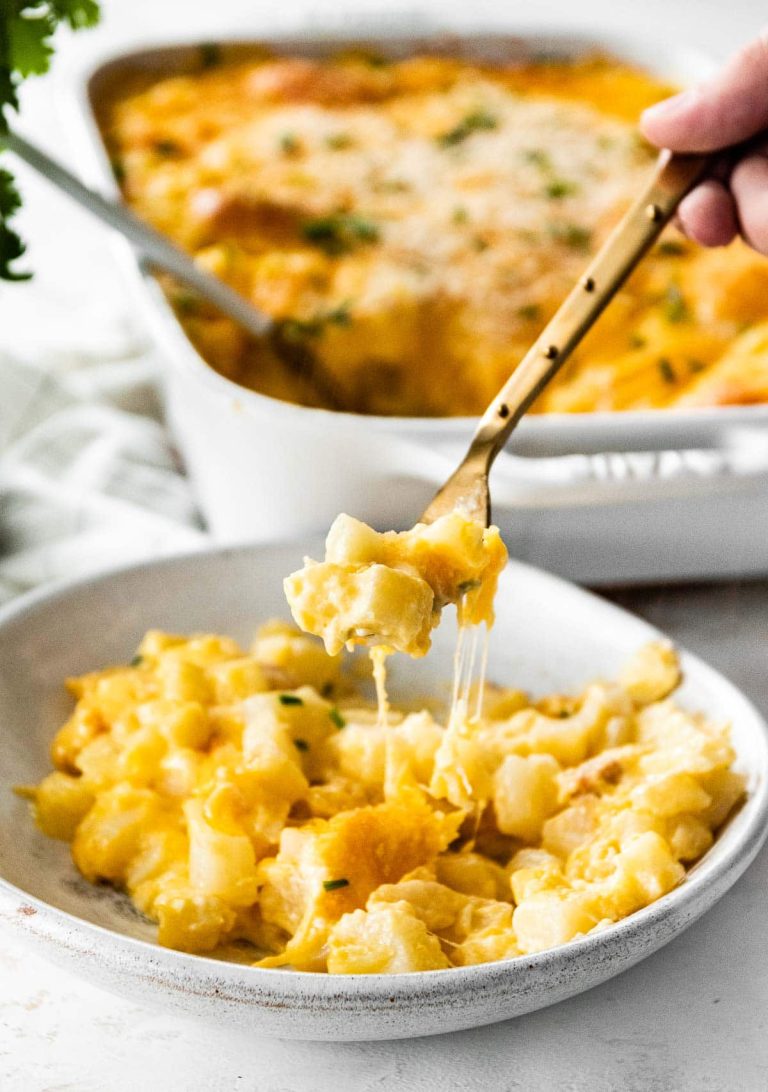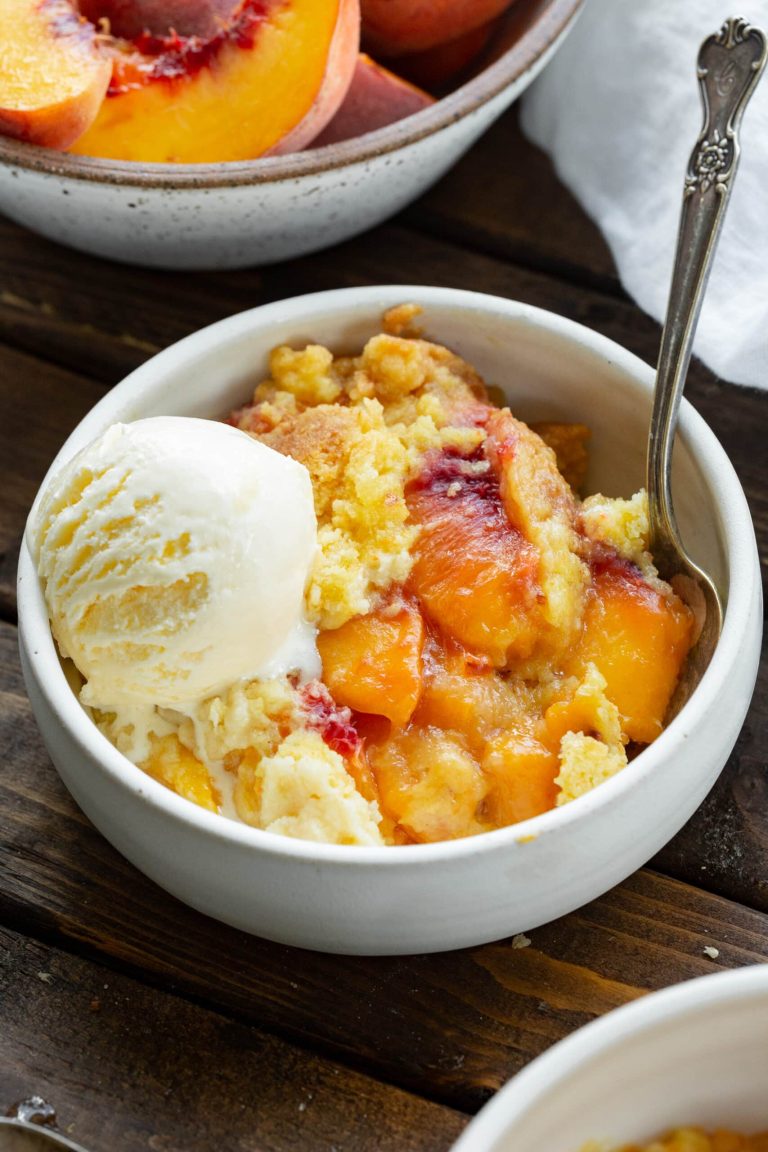Milk Tart: History, Recipes, and Serving Tips
Milk Tart, or “melktert,” is a traditional South African dessert with deep cultural roots. This dessert originated from the Dutch settlers in the 17th century Cape Colony. Its name, “melktert,” translates directly to “milk tart,” highlighting the primary ingredient. In South African households, Milk Tart holds a special place due to its association with family heritage and celebration moments. Families pass down recipes through generations, preserving unique familial adaptations.
Evolution Over Time
Over the centuries, Milk Tart has evolved significantly while retaining its core characteristics. Originally, the Dutch settlers’ recipes called for basic ingredients like milk, sugar, and flour. Modern variants, however, incorporate condensed milk, various types of crusts, and creative flavor twists like addition of citrus zest. This evolution reflects both available ingredients and culinary advancements while staying true to its comforting and nostalgic essence. Today, Milk Tart remains a beloved dessert at social events, from casual gatherings to festive celebrations, embodying both tradition and innovation.
Key Ingredients in Milk Tart
Understanding Different Dairy Components
Milk serves as the base for Milk Tart. Whole milk offers a rich texture, while low-fat or skim milk reduces calories without sacrificing too much flavor. Cream enhances the tart’s smoothness, adding a luxurious mouthfeel. In some variations, condensed milk sweetens the mixture and contributes a distinct flavor.
Importance of the Crust
The crust provides structural integrity and a contrasting texture to the creamy filling. Typically, pastry crusts are used, made from flour, butter, and a pinch of salt. Some recipes incorporate sugar for a slightly sweet base. Graham cracker crusts serve as a modern twist, introducing a crumbly, flavorful alternative. Pre-bake the crust to ensure a crisp texture that holds the filling well.
Step-by-Step Milk Tart Recipe
Preparing the Crust
Use flour, butter, and salt to make the traditional Milk Tart crust. Mix 1.5 cups of all-purpose flour with 2 tablespoons of sugar and a pinch of salt. Cut in 1 cup of cold unsalted butter until the mixture looks like coarse crumbs. Add one lightly beaten egg yolk and mix until the dough forms a ball. Roll out the dough to fit a 9-inch pie pan and press it into the bottom and sides. Trim any excess dough, then chill the crust in the refrigerator for 30 minutes. Preheat your oven to 350°F, line the crust with parchment paper, and fill it with pie weights. Bake for 15 minutes, then remove the weights and bake for another 10 minutes until golden.
Creating the Filling
For the creamy filling, heat 3 cups of whole milk until just below boiling. In a separate bowl, whisk 1 cup of sugar, 3 tablespoons of flour, 3 tablespoons of cornstarch, and a pinch of salt together. Add 3 beaten eggs to the dry mixture, then pour in a little hot milk to temper. Gradually add this mixture to the rest of the hot milk and cook over medium heat, stirring constantly until thickened, around 10 minutes. Remove from heat and stir in 1 tablespoon of vanilla extract and 1 tablespoon of butter. Pour the filling into the pre-baked crust and sprinkle with ground cinnamon. Let it cool to room temperature, then refrigerate for at least 4 hours before serving.
Variations of Milk Tart
Regional Twists on the Traditional Recipe
Different regions offer unique takes on the classic Milk Tart. In the Western Cape, recipes often incorporate cinnamon sugar, enhancing the dessert’s flavor. Gauteng variations sometimes include a touch of almond extract, adding a slightly nutty profile. In rural areas, some cooks employ goat milk instead of cow milk, providing an earthy tone.
Modern Interpretations
Contemporary versions of Milk Tart experiment with ingredients and presentation. Some chefs use condensed milk to create a richer, denser filling. Others opt for alternative crusts, such as digestive biscuits, bringing a new texture. Flavor infusions, including lemon zest or cardamom, bring modern flair to this traditional dessert.
Pairing and Serving Suggestions
Best Drinks to Accompany Milk Tart
Choosing the right drink enhances the Milk Tart experience. Tea, both black and herbal, pairs well due to its subtle flavors that complement the dessert’s creamy texture. Coffee, whether black or with milk, offers a robust contrast. For a cooling option, consider serving with cold beverages like iced tea or lemonade. Children and those seeking non-caffeinated options might prefer a glass of cold milk, which matches the tart’s creamy profile. Wine lovers can opt for a dessert wine or a light, fruity white wine.
Occasions for Serving Milk Tart
Milk Tart suits a variety of events. It’s a favorite at family gatherings, providing a nostalgic comfort. During afternoon tea parties, it serves as a delightful centerpiece. Celebrations like birthdays and anniversaries often feature this classic dessert. For a unique holiday twist, include Milk Tart in your festive spread. Additionally, casual get-togethers and potlucks benefit from its easy-to-share nature. Because of its versatile flavor, Milk Tart fits both formal and informal occasions seamlessly.
Conclusion
Milk Tart isn’t just a dessert; it’s a rich tapestry of history, culture, and family traditions. Whether you’re savoring a classic recipe or trying a modern twist, each bite offers a unique experience. Perfect for any occasion from formal gatherings to casual get-togethers, this versatile treat pairs beautifully with a variety of beverages. So next time you’re planning a celebration or simply want to indulge, consider making Milk Tart the centerpiece of your table.






